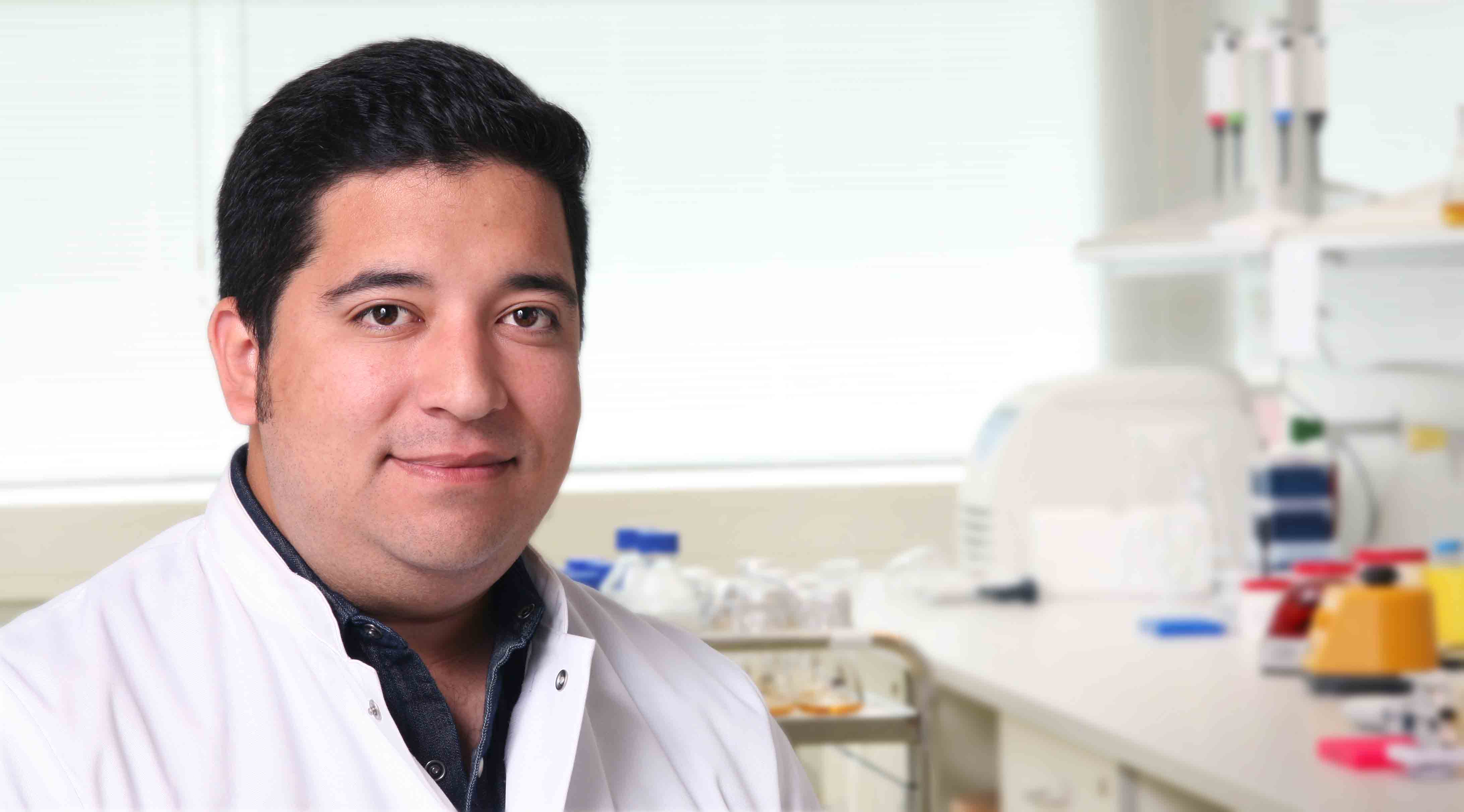Aspergillus species have an important role in the tropic chain as an organic matter recycler, however some of this species are potential human pathogens. Among the human pathogenic species of Aspergillus, Aspergillus fumigatus is the best equipped to survive the mammalian environment, causing invasive aspergillosis in the immunocompromised patient population and reaching mortality rates of up to 90%. The virulence of A. fumigatus is multifactorial due to a combination of biological traits, the fast growth and adaption to stress conditions, mechanisms for evading the immune system and the ability to cause damage to the host.
Currently only 4 classes of antifungal drugs are used to treat invasive aspergillosis: triazoles, polyenes, echinocandins and nucleobase analogs. The only member of nucleobase-analogous drugs represents 5-flucytosine (5FC) which is barely used for the treatment of aspergillosis. A. fumigatus displays intrinsic resistance to 5FC at neutral pH, which is close to physiological pH and the pH value for standardized in vitro susceptibility testing. A main cause for this resistance is transcriptional repression of the major 5FC uptake transporter FcyB, which involves the pH regulatory transcription factor PacC and the CCAAT-binding complex CBC.
This project involves the exploration of molecular mechanisms contributing to 5FC activity and resistance in A. fumigatus. Therefore, genetic as well as environmental 5FC activity determinants alongside pH will be investigated at the biochemical, molecular and microbiological level. Fluorescent reporter strains will be generated to enhance expression analysis of genes playing major roles for 5FC activity. In addition, tools to facilitate studying molecular as well as cellular biological processes of this mold pathogen will be developed.
Overall, this work aims to uncover strategies to enhance the antifungal activity of 5FC.







